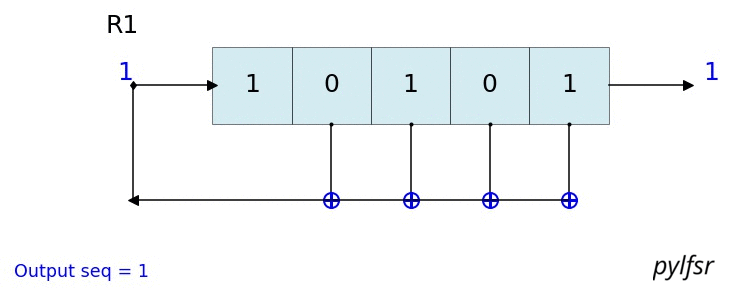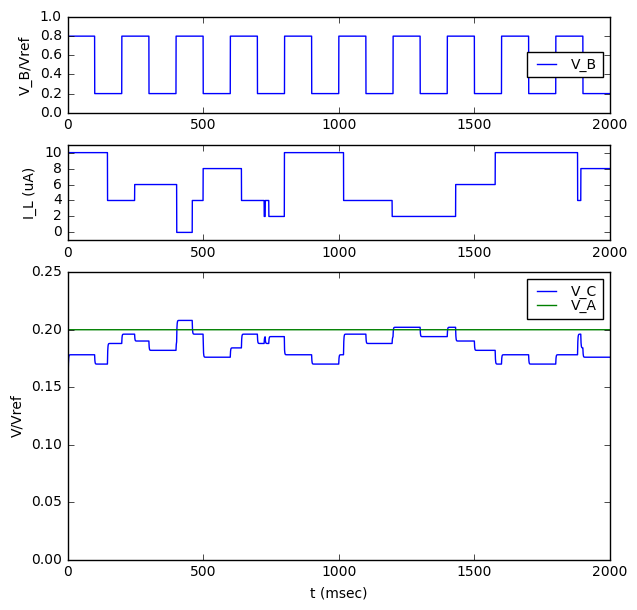
Working with image makes me working with large field of data, Kb files. It says: "Despite this simplicity, there are currently no known attacks better than exhaustive search when the feedback polynomials are secret" In the wikipedia article they recommend to use combination of several LFSR, we could use 2 LFSR, one could tell if we use the current output bit from the other one shrinking generator I would like to use LFSR to generate a stream cypher in each Core of the GPU.

The proposed design showed superiority when compared with the conventional LFSR and related work in reducing power dissipation and area.I am currently working on a project which consist in the encryption of image using the GPU of a raspberry. The proposed 4-bit BS-LFSR achieved an active area of 1241.1588um2 and consumed only 53.8844nW with total power savings of 19.43%.


The BS-LFSR was designed in Mentor Graphic – TSMC Design Kit Environment using 130nm complementary metal oxide semiconductor (CMOS) technology. These articles are abstracted from the book Bebop to the Boolean Boogie (An Unconventional Guide to Electronics) with the kind permission of the publisher. Editors Note: This is the third and final portion of our introduction to Linear Feedback Shift Registers (LFSRs). The pass transistor merged with transistor stack method yielded a better reduction in power dissipation compared to pass transistor design and NAND gate design. Tutorial: Linear Feedback Shift Registers (LFSRs) Part 3. In addition, three different architectures to enhance the feedback element used in BS-LFSR was explored. To achieve low power dissipation, the proposed BS-LFSR introduced the stacking technique to reduce leakage current.

In this paper, an enhanced BS-LFSR for low power application is proposed. It is easy to use and create Pseudo-Random Generator, with custom configurations, such as A5/1, its enhacement, Geffe Genrator and many more. PyLFSR is an open source Python library to create Pseudo-Random Generator based on Linear Feedback Shift Registe. A 4-bit LFSR tapped at the first and fourth bit is presented as functioning in the following. Linear Feedback Shift Register - Documentation. Feedback Shift Register Scheme The most common type of shift registers used in cryptography are LFSR. Bit swapping linear feedback shift register (BS-LFSR) is employed in a conventional linear feedback shirt register (LFSR) to reduce its power dissipation and enhance its performance. A feedback shift register is composed of: - a shift register - a feedback function.


 0 kommentar(er)
0 kommentar(er)
